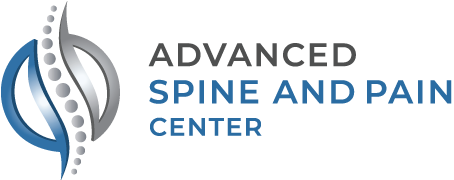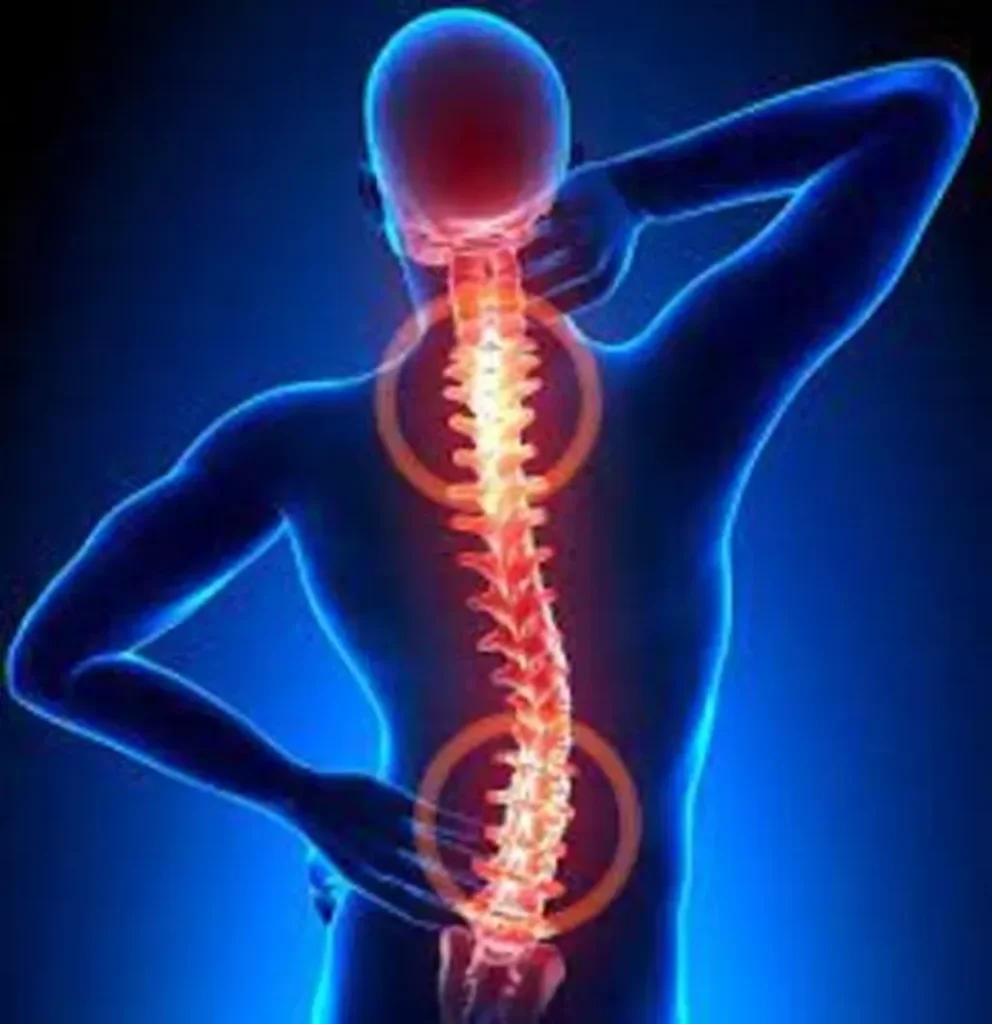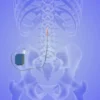Provided by: Healthline
What Kind of Pain Does Scoliosis Cause?
Scoliosis is a spine condition that occurs when the spine curves or twists to the side. This can pull the ribcage out of position and put strain on the muscles of the back, causing pain and discomfort.
Scoliosis isn’t a rare condition. About 7 million people in the United States develop some form of scoliosis that could need treatment from a specialist.
Although it often appears in children, scoliosis can develop at any time. People who have this condition may:
- be born with it (congenital)
- develop it as a young child (early onset)
- develop it as an older child or teenager (adolescent idiopathic)
- develop it as an adult (degenerative or de novo)
Symptoms of scoliosis
During the early stages of scoliosis, there may not be many symptoms. This is particularly true in children. Scoliosis can remain undetected until children reach the rapid growth phase in adolescence.
However, it can be difficult to identify in adults, because it’s easy to misinterpret as back pain. This is especially true if you have a milder form of the condition.
Small clues can point toward an abnormal curve in your spine, such as ill-fitting clothes. Other signs of scoliosis include:
- abnormal posture
- uneven hips
- a shoulder blade that’s higher than the other
- a head that isn’t centered on the body
- hips that sit at an angle
- a spine that is visibly not straight
Scoliosis is more likely to cause pain in adults. Scoliosis can result in:
- low back pain
- stiffness
- fatigue
Contact your healthcare provider if you experience any of the following:
- back pain that doesn’t improve after using home treatments for a week
- pain that interferes with your day-to-day activities
- pain that feels as if it’s shooting down your legs
These symptoms may be caused by more advanced scoliosis.
How is scoliosis pain treated?
The best way to treat pain caused by scoliosis is to treat the scoliosis. Depending on the type of pain, there are various pain treatments available to you.
Complementary therapies
Options in this category include:
- hydrotherapy and massage
- exercise that strengthens your stomach and back muscles, such as Pilates, yoga, swimming, and stretching, which can also help relieve back pain
- certain types of braces to support the spine
Medication
Over-the-counter medicines like acetaminophen (Tylenol) and ibuprofen (Advil) may help relieve pain. Talk to your doctor if these medications don’t work. They may prescribe stronger pain medication or refer you to a pain clinic.
Some antidepressants can also be used to relieve pain because they have a direct effect on pain in addition to mood.
Chiropractic treatment
Chiropractic treatment may be considered to help decrease pain and increase flexibility. Note that this kind of treatment won’t cure scoliosis but can help alleviate symptoms of pain.
Though research is limited, an older study Trusted Source suggested that people with scoliosis reported improvements in pain and other symptoms immediately after chiropractic treatment and also 24 months later.
Spinal injections
Injecting steroids around the nerves and spinal joints can help ease pain. However, injections don’t have a long-term benefit. They can be used to combat acute pain or as one part of a pain management program.
Peripheral nerve stimulation
A transcutaneous electrical nerve stimulus device may be helpful for people who are experiencing pain caused by damaged nerves. In this treatment, electrical wires use mild electrical currents on the peripheral nerves near the spinal cord.






